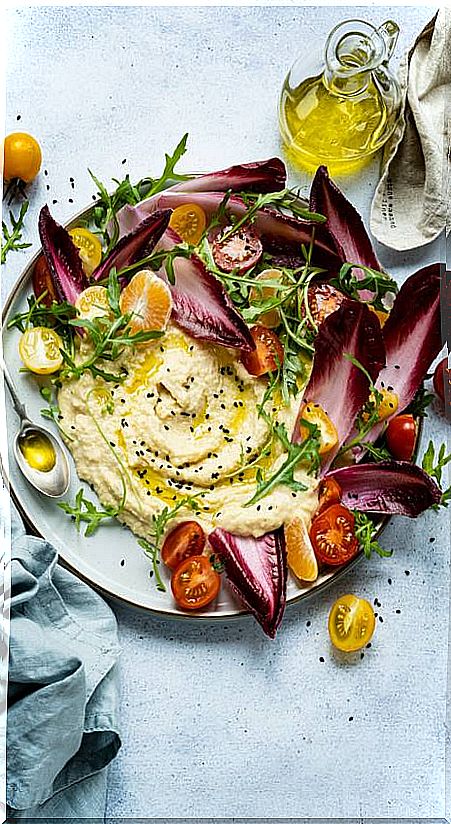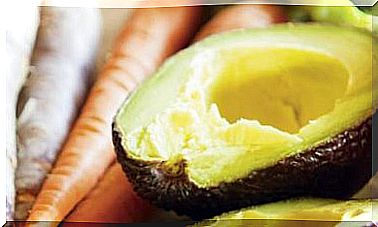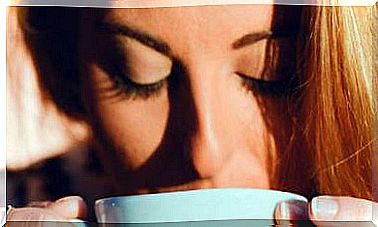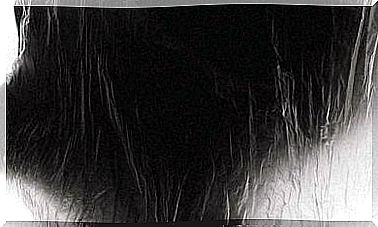6 Dietary Tips To Treat Ankylosing Spondylitis
Like other autoimmune diseases, spondylitis could be caused by an excess of substances in the diet that generate the immune response. How to avoid it?

What is the relationship between anchious spondylitis and diet?
Ankylosing spondylitis is within the group of diseases considered autoimmune.
As the cause of all these pathologies is not clear, there are many hypotheses that would explain their appearance, and therefore many different treatment proposals are also being considered .
One of the most widespread ideas among medical options or unconventional therapies is that antigenic substances that enter the body (remains of peptides or proteins of viruses, bacteria, food …), attached to their own substances or by similarity with them, cause the response of the antibodies that end up attacking the tissues themselves.
These substances enter the circulation through the intestinal mucosa (a fact that in a normal situation should not occur) due to an increase in their permeability. This increase is due to a type of diet that is common today that develops an intestinal flora where putrefactive bacteria (aggressive for the intestinal wall) predominate over the usual and beneficial fermentation bacteria.
Specifically, it seems to be due to an excess of animal proteins and gluten from hybrid cereal flours, modified by man.
Gluten is usually linked to starch, perhaps that is why you have read that it should be avoided. But it is gluten that is most related to these health problems.
The habit of eating refined cereals, in addition to reducing the amount of fiber that is ingested, increases its proportion of starch.
What to eat to improve in case of ankylosing spondylitis?
As a dietary proposal for ankylosing spondylitis, contrasted with positive results, followed for at least a year, I summarize the one indicated by Dr. Jean Seignalet in his book Food, the third medicine (Ed. RBA-Integral):
- Elimination of cereals, with the exception of rice and buckwheat (quinoa is not a cereal and soy is a legume, so you can consume them).
- Elimination of animal milk and its derivatives (yogurts, cheese …).
- Consumption of food preferably raw (if cooked, better steamed).
- Consumption of organic or biological products.
- Consumption of oils obtained by first cold pressing.
- Supplementation with vitamin and mineral complexes .
There are those who, to improve results, also suppress proteins of animal origin. The objective is to avoid the possible confusion of the organism with the entry of polypeptides more similar to humans, which would occur mainly due to the increase in the permeability of the intestinal mucosa.
Although it may seem difficult to follow such a diet, it includes all fruits and vegetables, legumes, nuts, rice, buckwheat and quinoa.
At the beginning, the effort required to respect these dietary restrictions may seem great, but the improvement in the quality of life usually compensates, and in the end, the diet is not lived as a sacrifice but as a healthy habit that allows the disease to be controlled.









